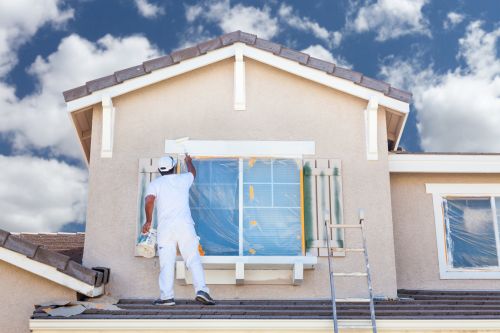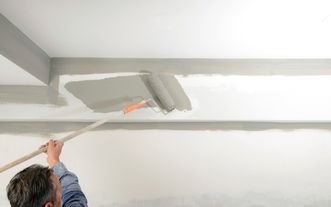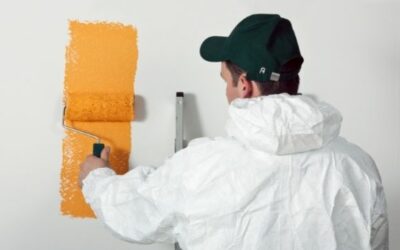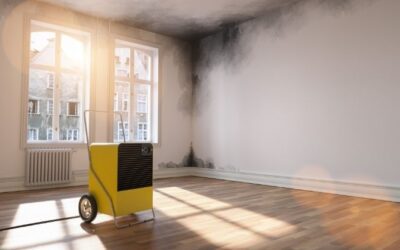Painting the facade of your house is an investment that goes beyond improving its appearance. While an attractive facade is important, the structural and functional benefits are equally significant. In this article, we will explore how renovating the facade can improve energy efficiency, increase property value, and protect the home from the elements.
The facade of a house is its calling card, but it also plays a crucial role in the building’s protection and efficiency. Renovating the facade can have multiple benefits that impact both the interior and exterior of your home.
Improving energy efficiency
Thermal insulation
One of the main reasons to renovate the facade is to improve the home’s thermal insulation. Old or deteriorated facades can have cracks and gaps that allow heat loss in winter and heat gain in summer.
Insulation benefits
Proper insulation reduces the need for heating and air conditioning, resulting in significant savings on energy bills. Additionally, a well-insulated home offers a more comfortable environment, maintaining a constant temperature throughout the year.
Reduction of thermal bridges
Thermal bridges are areas where heat transfers more rapidly due to poor insulation. Renovating the facade helps eliminate these weak points, improving the overall energy efficiency of the house.
Reduction methods
The application of insulating panels and the use of modern construction materials can significantly reduce thermal bridges. These materials not only improve insulation but are also more durable and resistant to weather conditions.
Contact our professionals to paint your façade
Other publications that may interest you
TOP reasons to always paint the ceilings of your home
Many times we neglect the ceilings inside our home, but there comes a time when you realize that you should start taking care of them, either for aesthetics or to increase the value of the house. And this is not something complicated to do, you just have to be careful...
5 things to remember when painting your house
As we have been advocating for some time, painting a house is the easiest way to transform it visually. We believe that it is a very affordable investment that will increase the value of the property and give it a new and refreshed look. Moreover, if you paint the...
How to prevent wall dampness?
Have you ever wondered why your walls are wet and damp? Especially in winter seasons. This is due, in large part, to the temperature difference between the outside air and the inside air that favors condensation and humidity on walls and windows. But it is not only...




